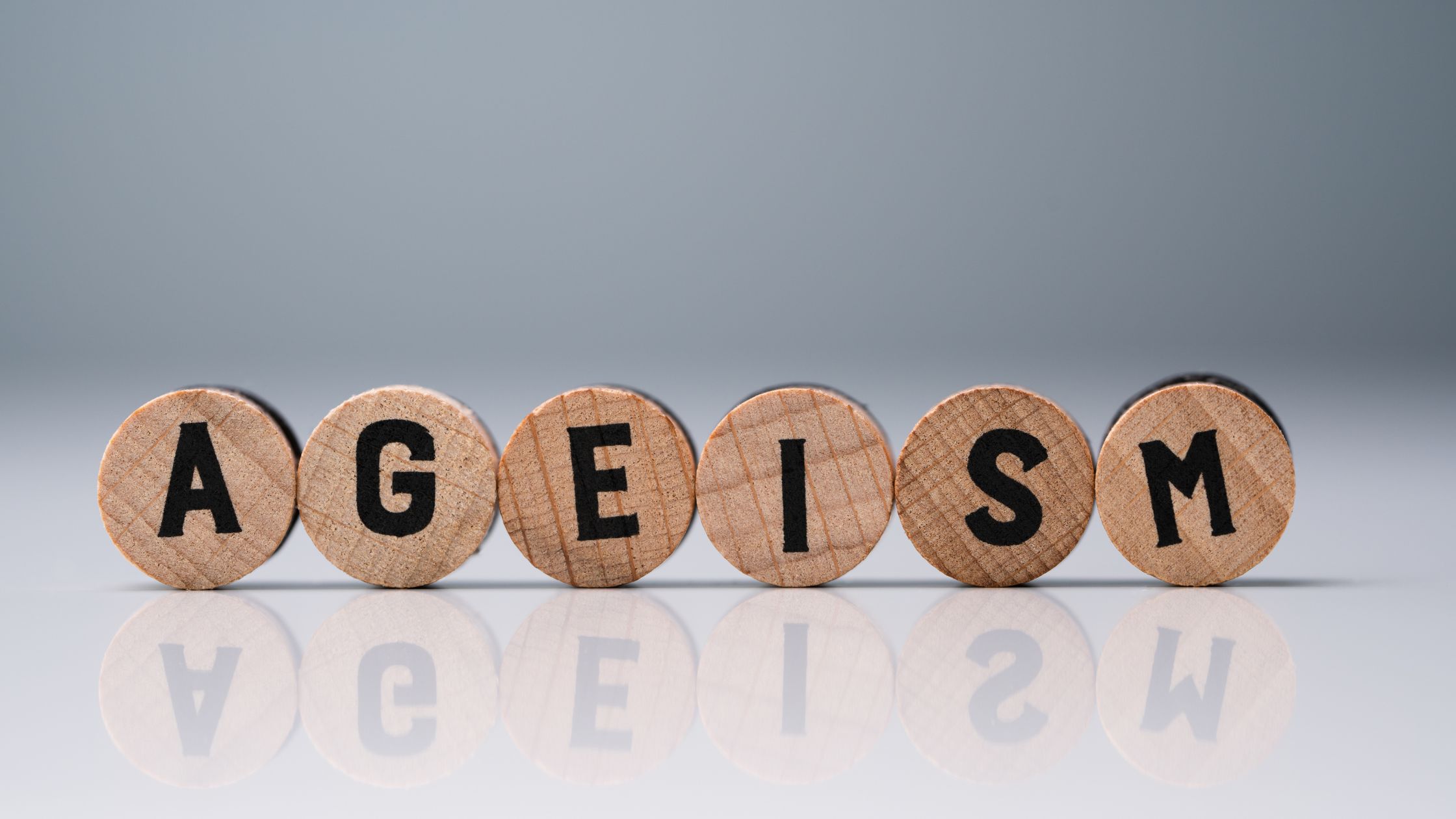On March 19, President Joe Biden was seen tripping no fewer than three times while ascending the stairs of Air Force One, an incident that elicited an inevitable political response and no small amount of concern from those of all party affiliations. This was, after all, a 78-year-old man — and not just any man, but the most powerful man in the world — showing some degree of vulnerability. Of course there would be worries. There will always be worries, no matter the man or his age.
But let us shift our focus to the societal implications of such an incident, and how it reinforces the ageist attitudes that permeate our lives — attitudes that, to a large degree, seem to be hardwired into our culture. Certainly there are those of us who would be led to say or believe, “Of course the guy tripped. He’s 78.”
Even as our population ages, youth continues to be glorified. It is held up as an ideal. Older adults? They’re viewed as frail, irrelevant, obsolete — and even expendable, as has been shown, sadly, during the pandemic, when “compassion fade” has been all too common.
It shouldn’t come as a surprise, given how ageism is baked into our everyday lives. The language we use is peppered with phraseology like “crotchety old man” and “little old lady,” and we don’t think twice. The marketing to which we are exposed is geared toward the young, or to making the rest of the population look and feel young.
All of it is not only wrongheaded and pathetic, but also dangerous. One study showed that ageism — whether in the form of discrimation, stereotyping or the negative beliefs the seniors themselves internalize — was more likely to lead to adverse health outcomes for those older individuals, that indeed it impacted longevity. The study went so far as to put the price of ageism at $63 billion a year, a calculation reached by measuring the costs of treating seniors for the eight most-expensive health conditions (cardiovascular disease, chronic respiratory disease, musculoskeletal disorders, injuries, diabetes, the effects of smoking, mental disorders and non-communicable diseases).
Another study showed that the stress of ageism was such that those seniors who were shielded from it were far less likely to suffer from dementia.
There’s also the indirect tie-in between workplace ageism and public health. Simply put, we shunt older Americans off to the side at our own peril. While companies are, by and large, hesitant to hire or retain older workers, these workers bring cognitive diversity and deep-seated knowledge to any enterprise. As Brixton Finishing School founder Ally Owen put it to Thedrum.com: “Ageism is an insidious virus that marks generations of talent as ‘redundant’ when the opposite is true – their experience is what makes them invaluable in a workplace.”
In fact, studies have shown that it is possible to increase one’s expertise, even past the age of 80, and that that ability corresponds to work performance. Certainly there is no shortage of examples of successful seniors; the Harvard Business Review cites 89-year-old Warren Buffett and his 91-year-old vice president, Charlie Munger, as two of them. Also notable is the fact that Biden is the 23rd president to hold the job past the age of 60.
Regular work gives older employees a sense of dignity and purpose. It is the proverbial reason to get out of bed in the morning. You lose that, you lose a lot. One study concluded that retirees are 40 percent more likely to suffer a heart attack or stroke than those who remain employed, and others have associated retirement with declines in mobility and mental health. There are also those, however, who maintain that the link is not so cut and dried, that what really matters is remaining physically and socially active after retirement.
What can be said with certainty, however, is that ageism is a pernicious thing, and that it impacts not only seniors but those in younger age groups. They too internalize certain beliefs about the aging process, the result being that they might, for example, avoid seeking treatment for certain conditions as they get older, believing that there’s nothing that can be done. And obviously there’s the larger issue of how they view their elders at present, as mentioned above.
What to do, then? How do you battle this scourge? It’s a matter of changing hearts and minds, obviously, which is never easy. How do you change something that’s so ingrained in the culture? How do you do an about-face and, as an example, begin to view seniors in the same vein as those in Native American cultures do?
It’s a tough ask, certainly, but a necessary one. Almost all of us will one day be old ourselves, and life expectancy is only increasing. It was 47 at the beginning of the 20th Century. It is 79 now. There are those who believe it could be 100 by the end of this century.
Business leaders can start by shifting their view of older workers — by understanding their value and acting accordingly. But really it goes beyond that. It’s a matter of viewing seniors according to what they can do, as opposed to what they cannot. By placing them front and center as opposed to pushing them off to the side. By understanding that hopes and dreams don’t disappear with each trip around the sun.

